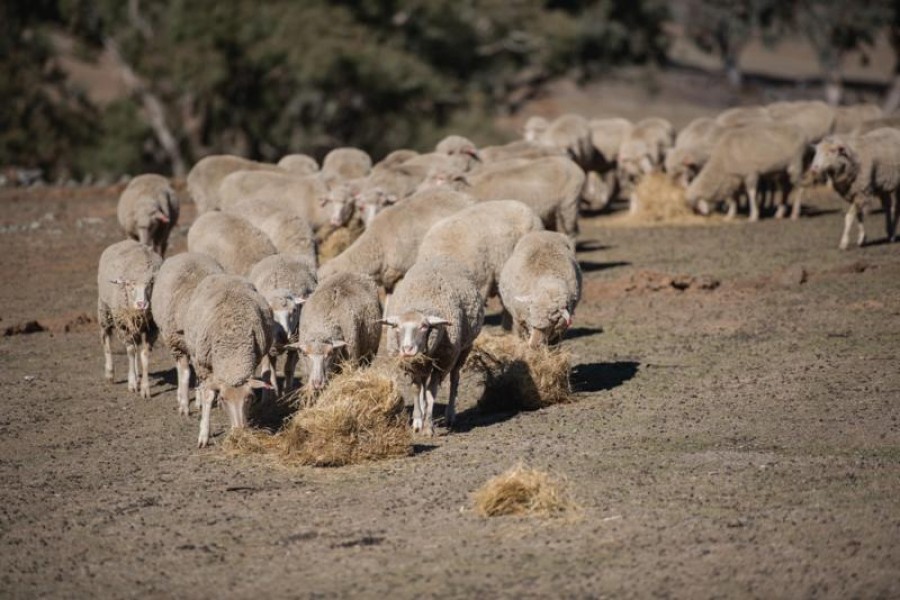Drought and Weeds
When feed and fodder are brought onto your property from outside NSW, you risk introducing new weeds. During these dry times there has been a lot of movement of feed from interstate. From a weed perspective, this means you may be importing weeds from anywhere on the Australian mainland. Although feed movement is a necessary activity, there are a number of strategies we can put in place to help ensure this difficult period is not compounded by years of costly and labour intensive weed control into the future.
Sacrifice Paddocks. Where possible feed out imported stock feeds in the same location. If we are introducing weeds in stock feed, particularly hay, it is best we limit the area over which these weeds are spread. If there are few feeding locations it is easier to be on the lookout for the growth of unfamiliar species when conditions improve.
Vehicle Hygiene. The trucks that are transporting this stock feed have also been on properties in the source location. Vehicles and agricultural equipment have always been a major vector for transporting weeds. Be mindful of how clean these vehicles are when they enter your property and again be observant for new species in places these vehicles have been.
Bare Soils. The reduction in vegetative cover during prolonged dry spells provides great opportunity for new species to become established. As we often discuss the best way to control the introduction of weeds to a property is by having a healthy pasture with good ground coverage. Unfortunately that is not always possible.
Weeds are a costly Biosecurity threat, so keep an eye out for any plants you don’t recognize and act quickly. You can call us if you spot an unknown plant on your property and we will assist in identification and control methods. You can also download the NSW WeedWise app from the app store or online at weeds.nsw.dpi.gov.au




